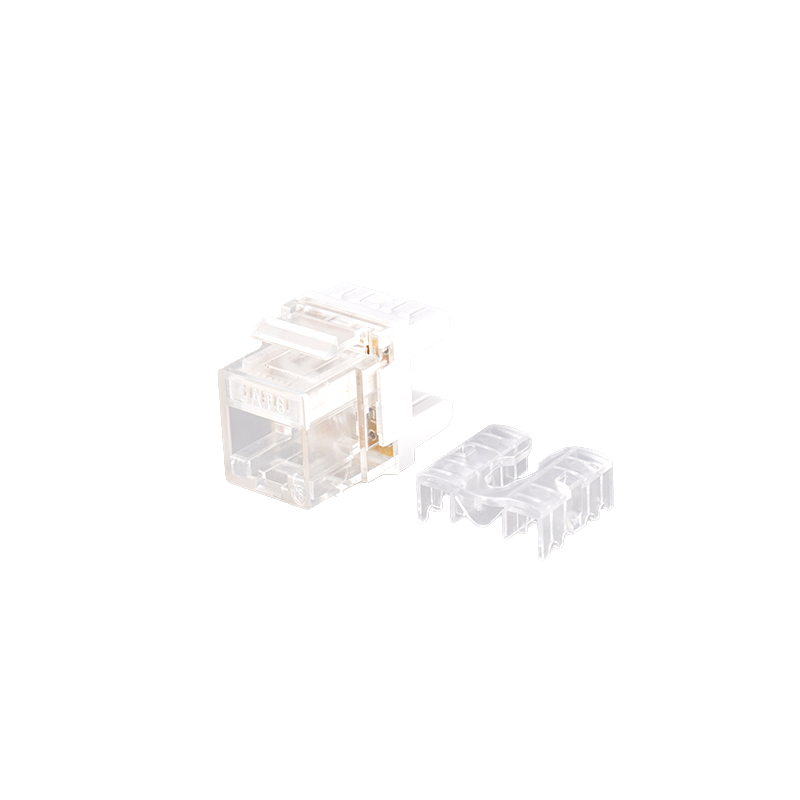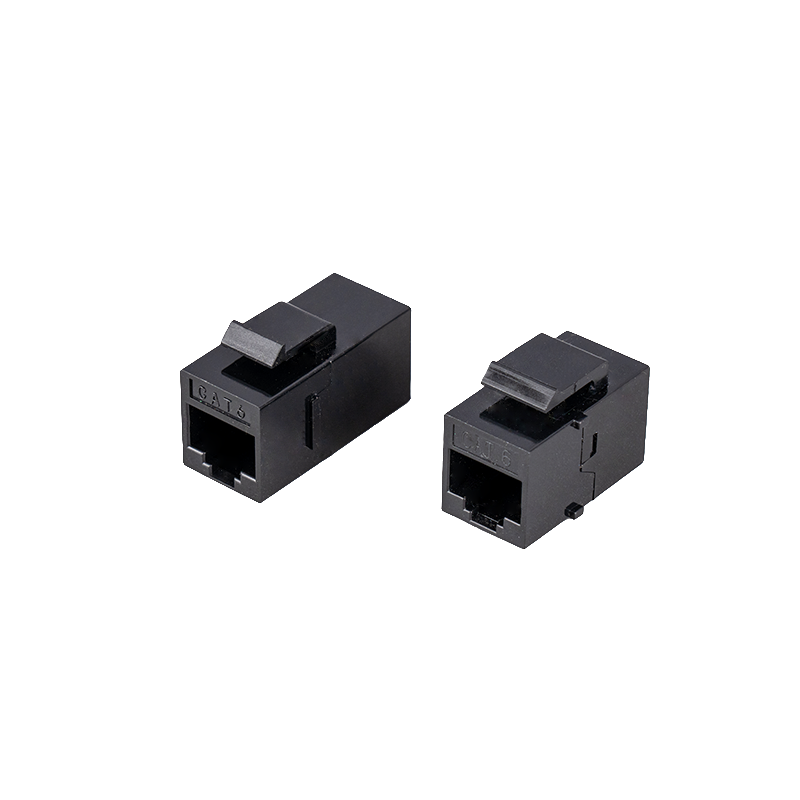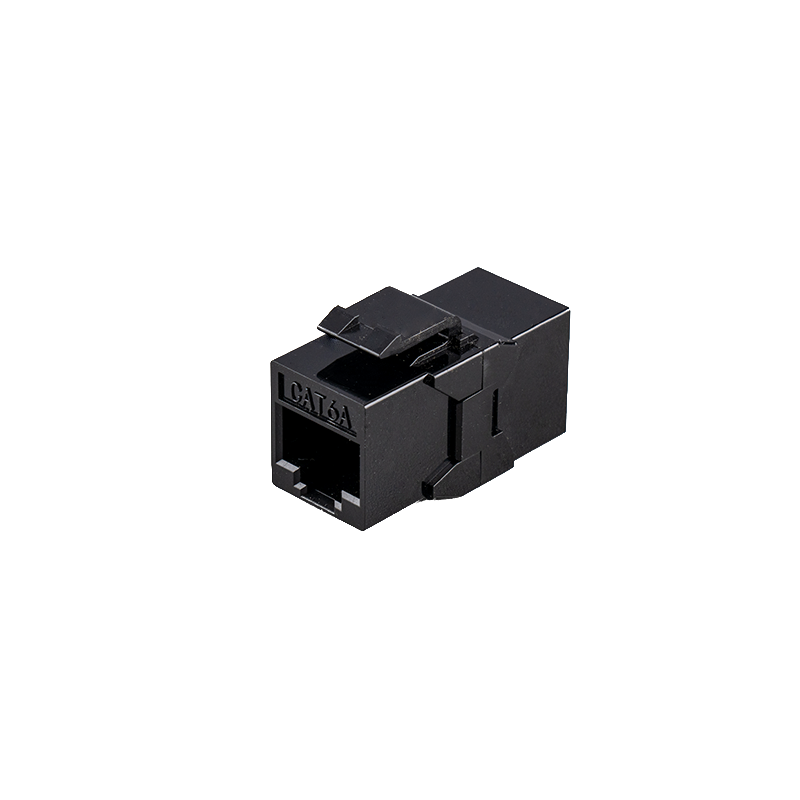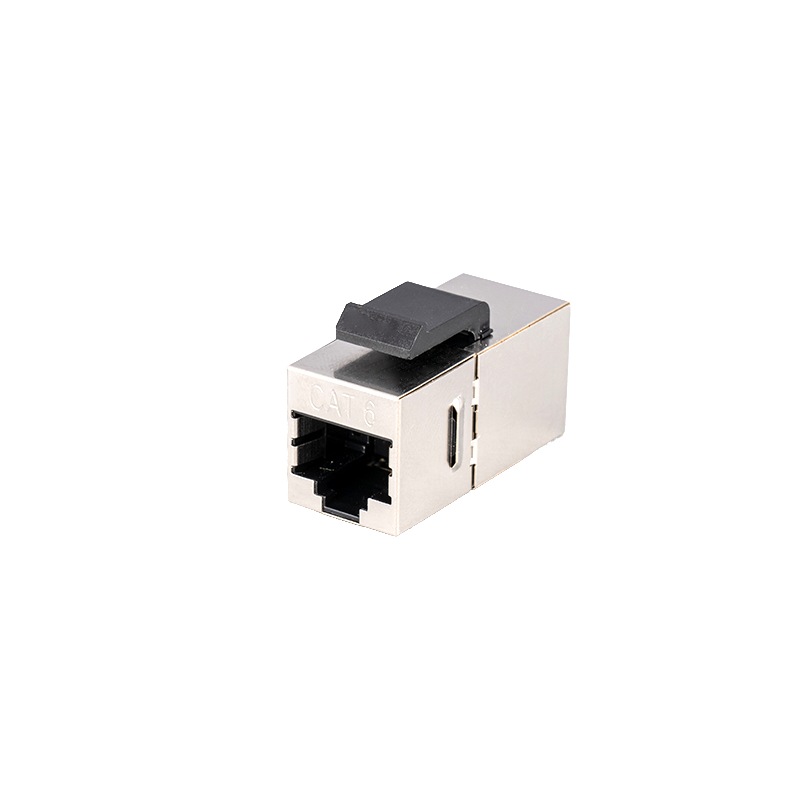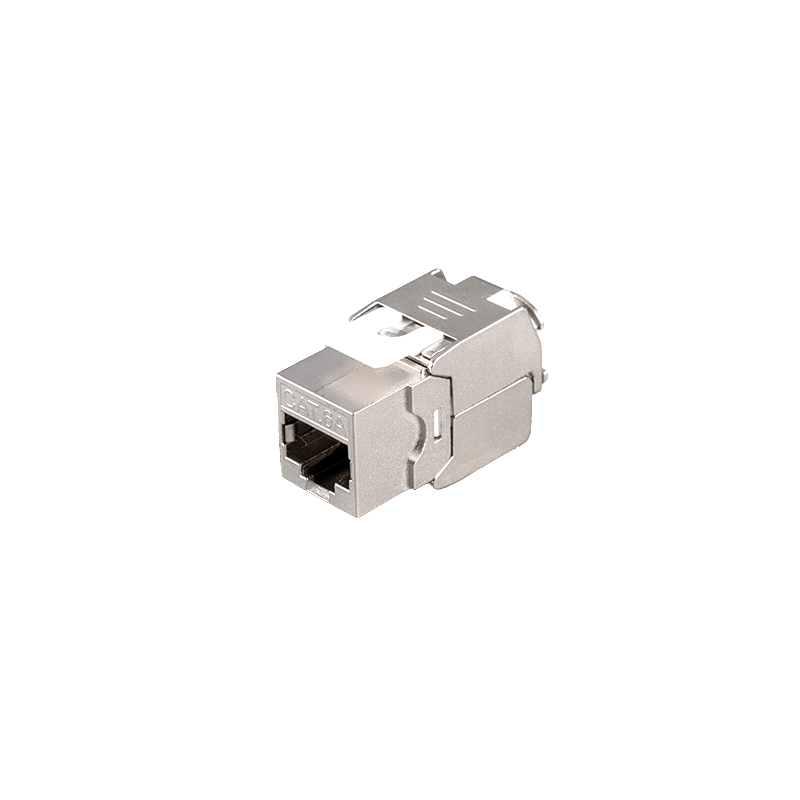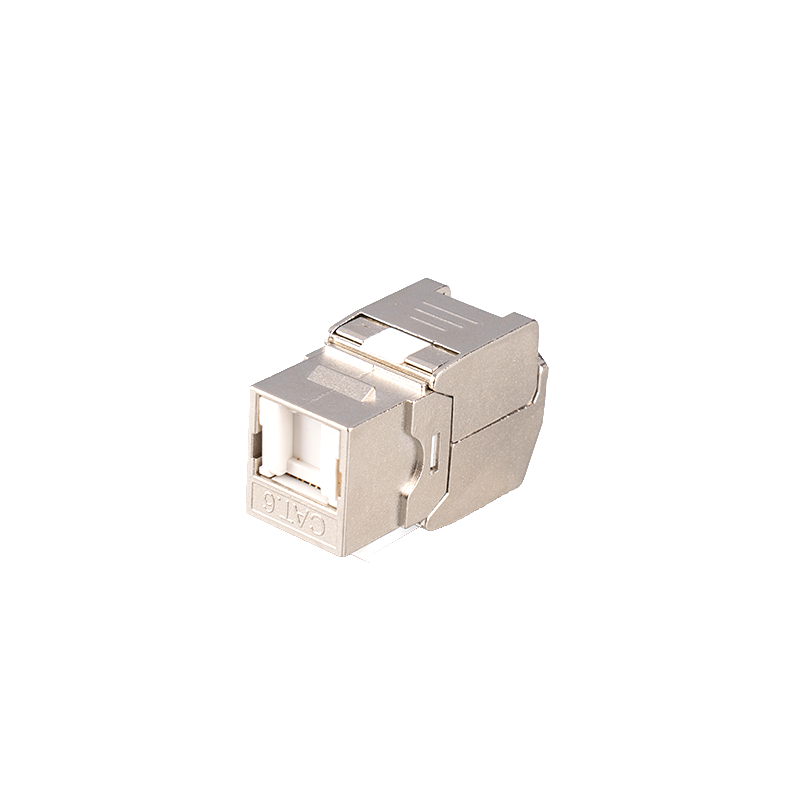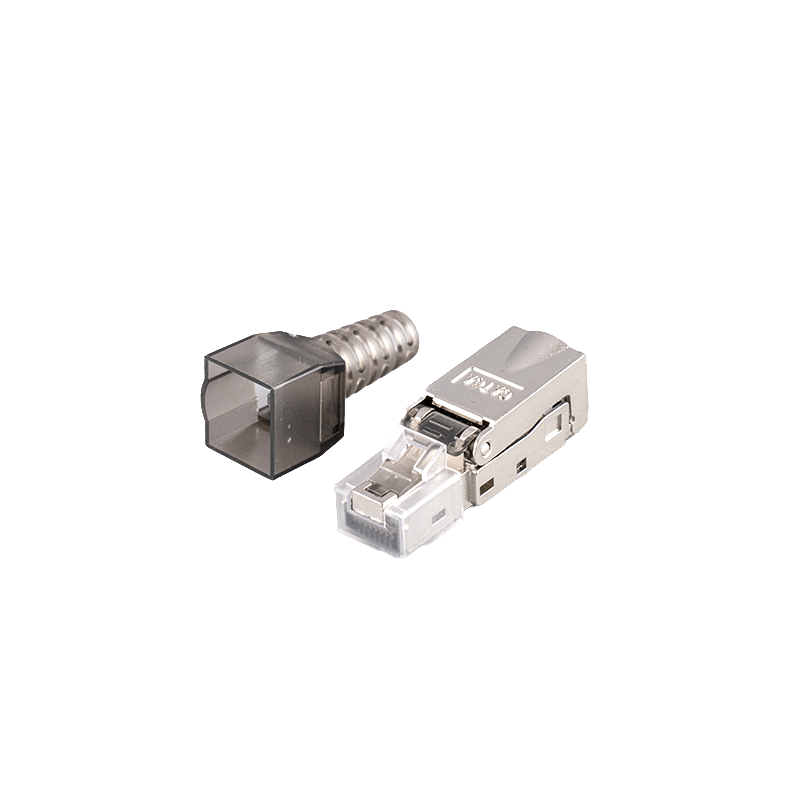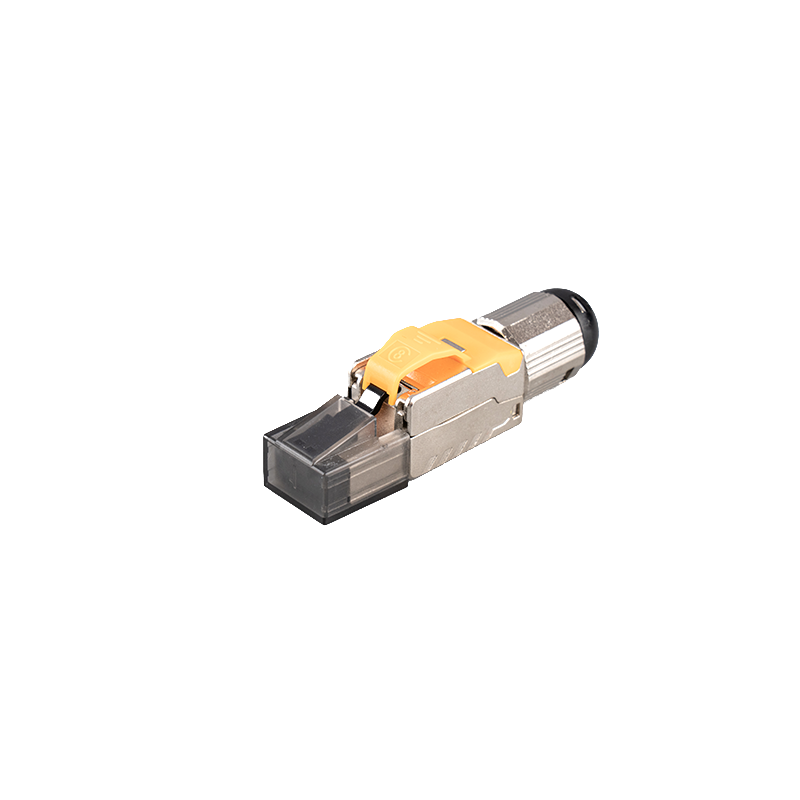
Do I need to consider the wiring method when choosing a surface box?
When choosing a surface box, the routing method is an important consideration factor. The routing method directly affects the convenience, cleanliness, and safety of wiring. Here are a few key points:
1. Clear line or dark line:
If the wiring is installed with exposed cables, it is necessary to ensure that the surface box has sufficient openings or interfaces to accommodate cables entering and connecting to sockets. At this point, it is more convenient to choose a surface box with wire trays or openings suitable for cable access design. For concealed installation (i.e. cables hidden inside the wall), it is necessary to consider whether the surface box provides suitable interfaces and routing holes for smooth connection with the cables inside the wall.
2. Coordination of conduit or cable tray:
If wiring needs to be guided through conduit or cable tray, a surface box that supports conduit access should be selected. This type of surface box usually comes with specific interfaces that can be easily connected to different specifications of conduit, ensuring the orderly and safe passage of cables.
3. Number and type of cables:
When choosing a surface box, it is necessary to consider the quantity and type of wiring. If there are multiple cables or different types of cables (such as power lines, signal lines, network lines, etc.), a surface box that can accommodate multiple cables and effectively isolate them should be selected. Avoid overcrowding of cables to prevent short circuits, interference, or installation difficulties.
4. Convenience of wiring and maintenance:
Some surface box designs allow cables to be easily wired after entering, and the internal space is reasonable, making it easy for later wiring and maintenance. If there may be a need for line adjustment or expansion in the future, choosing a surface box with sufficient wiring space and easy management will greatly improve work efficiency.


 英语
英语 中文简体
中文简体




